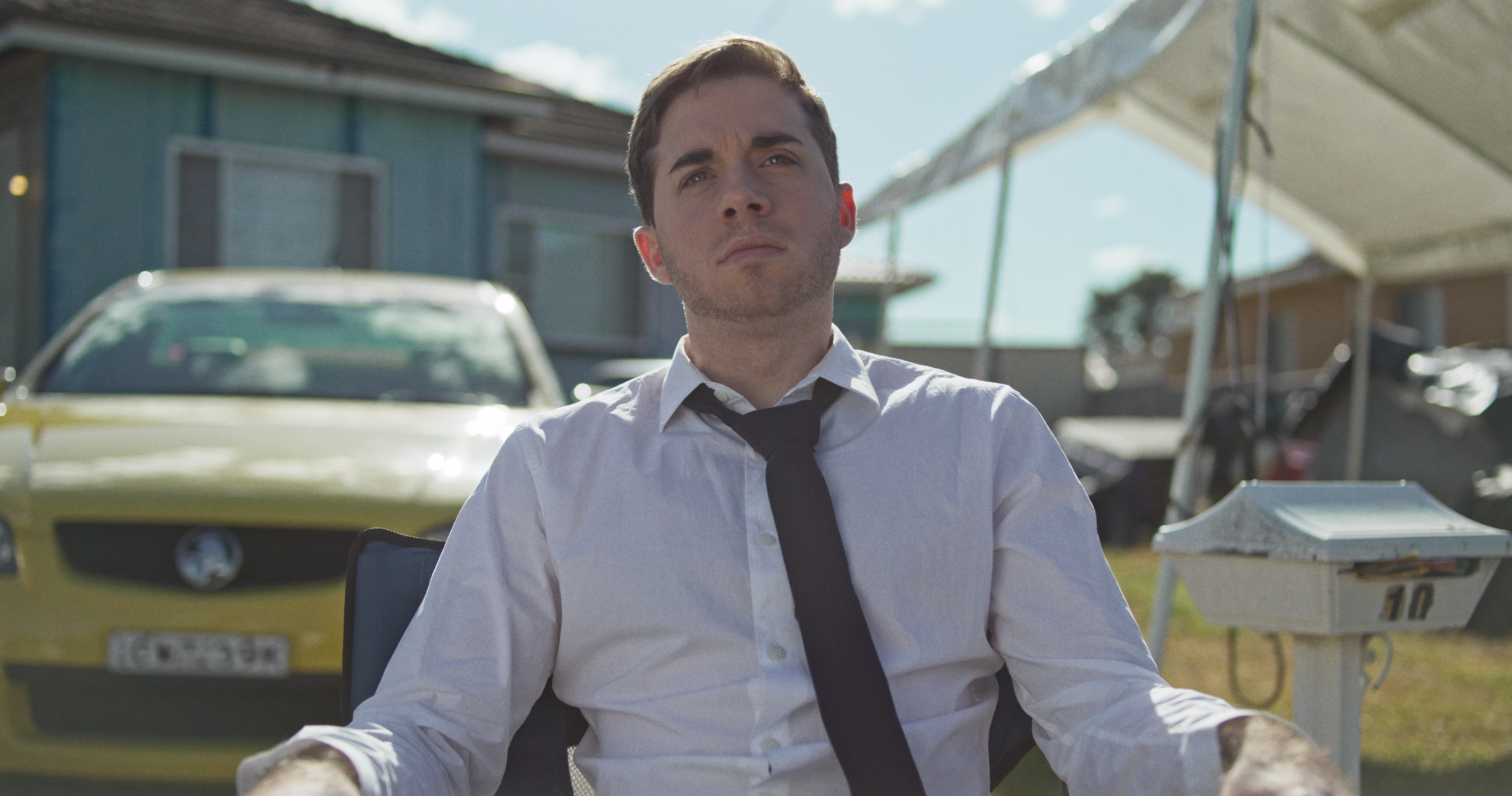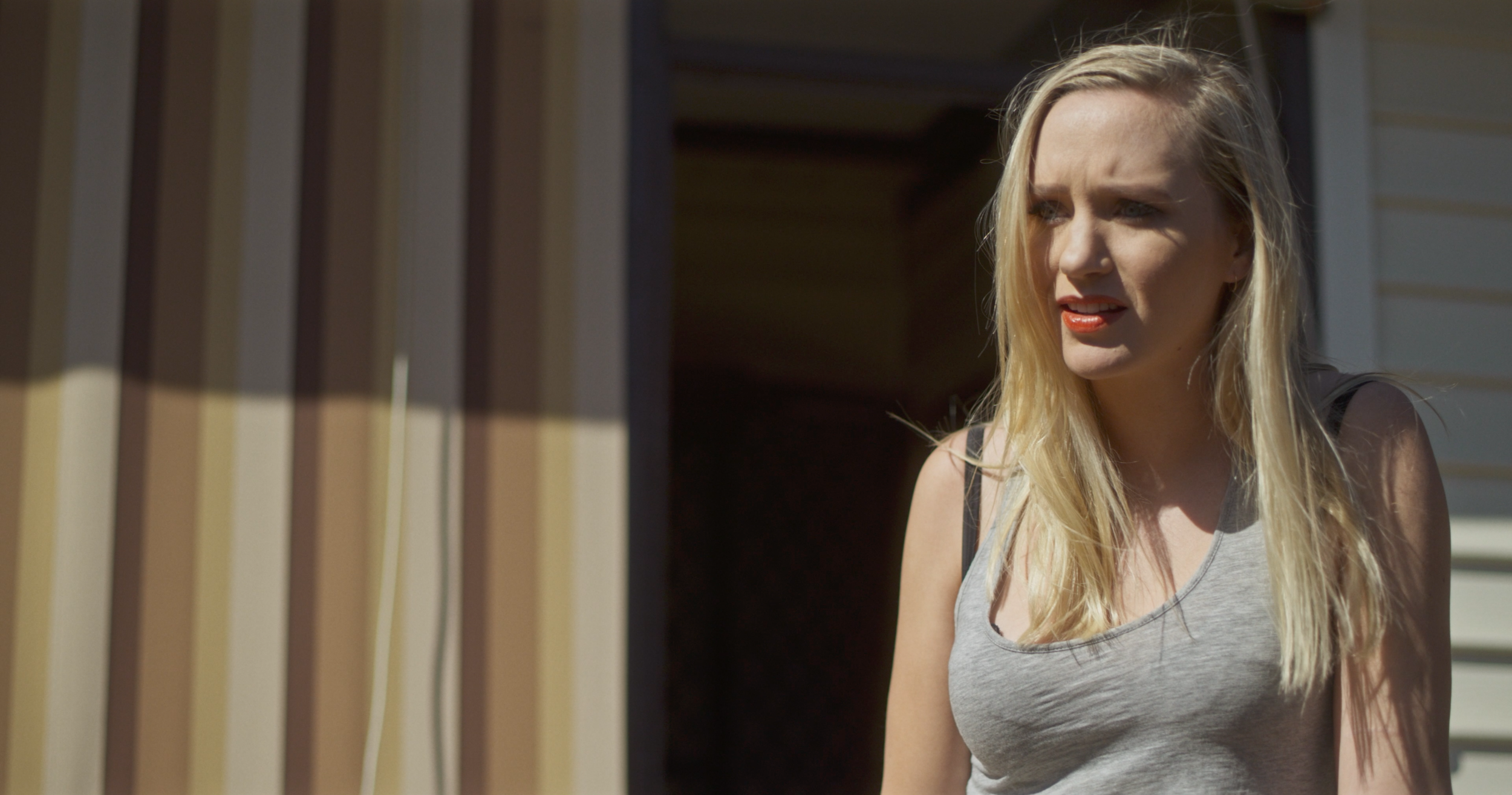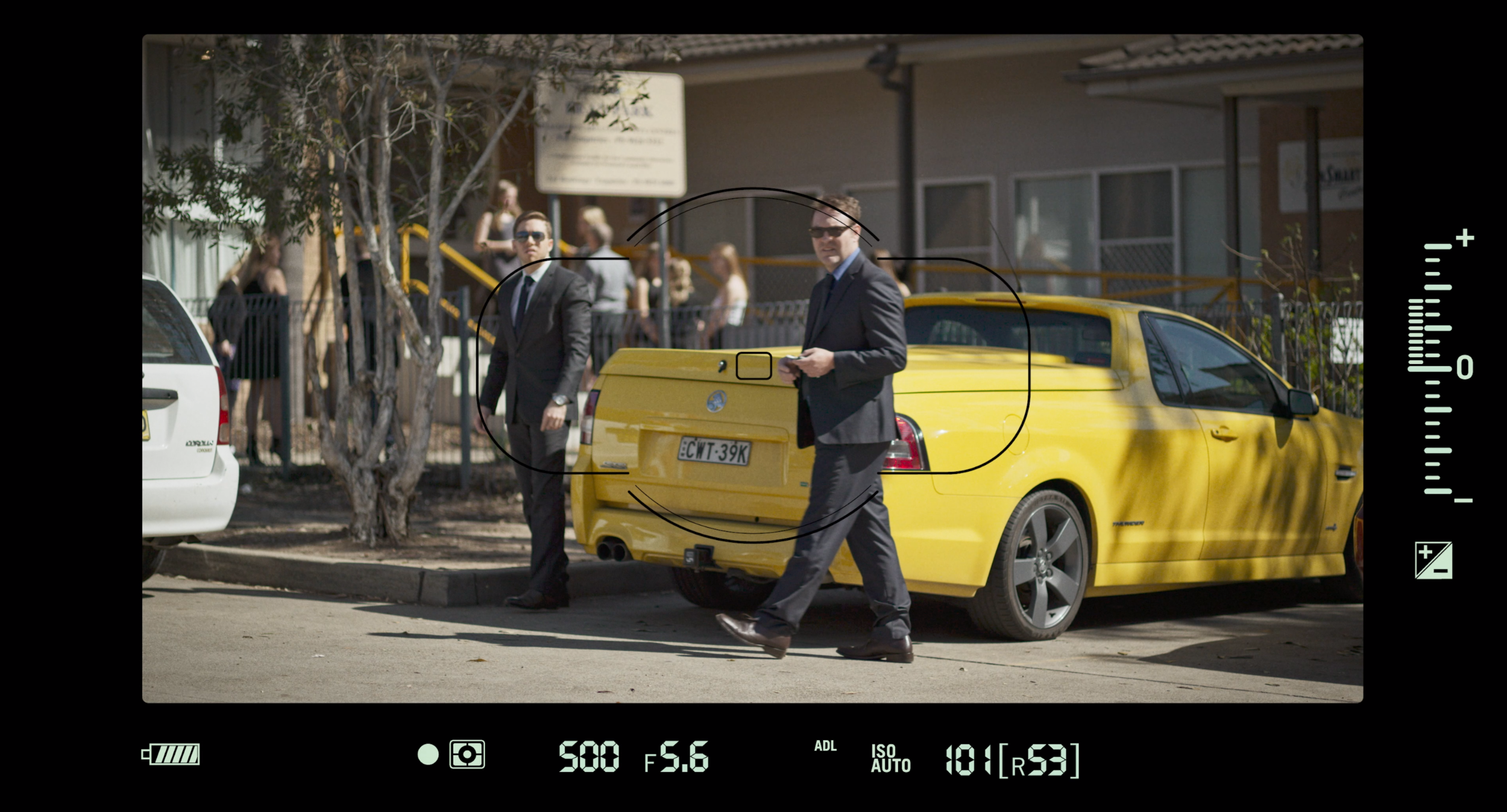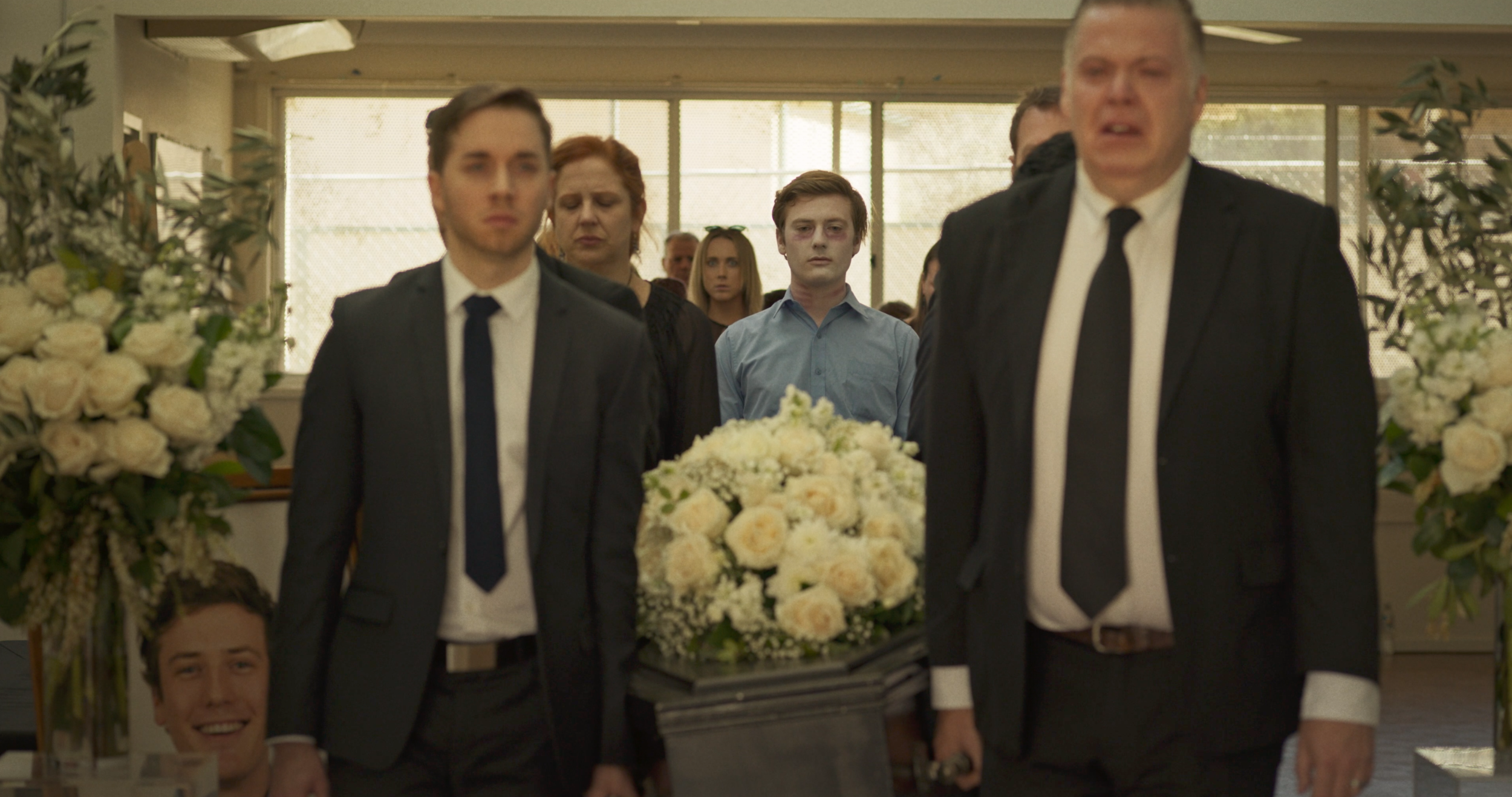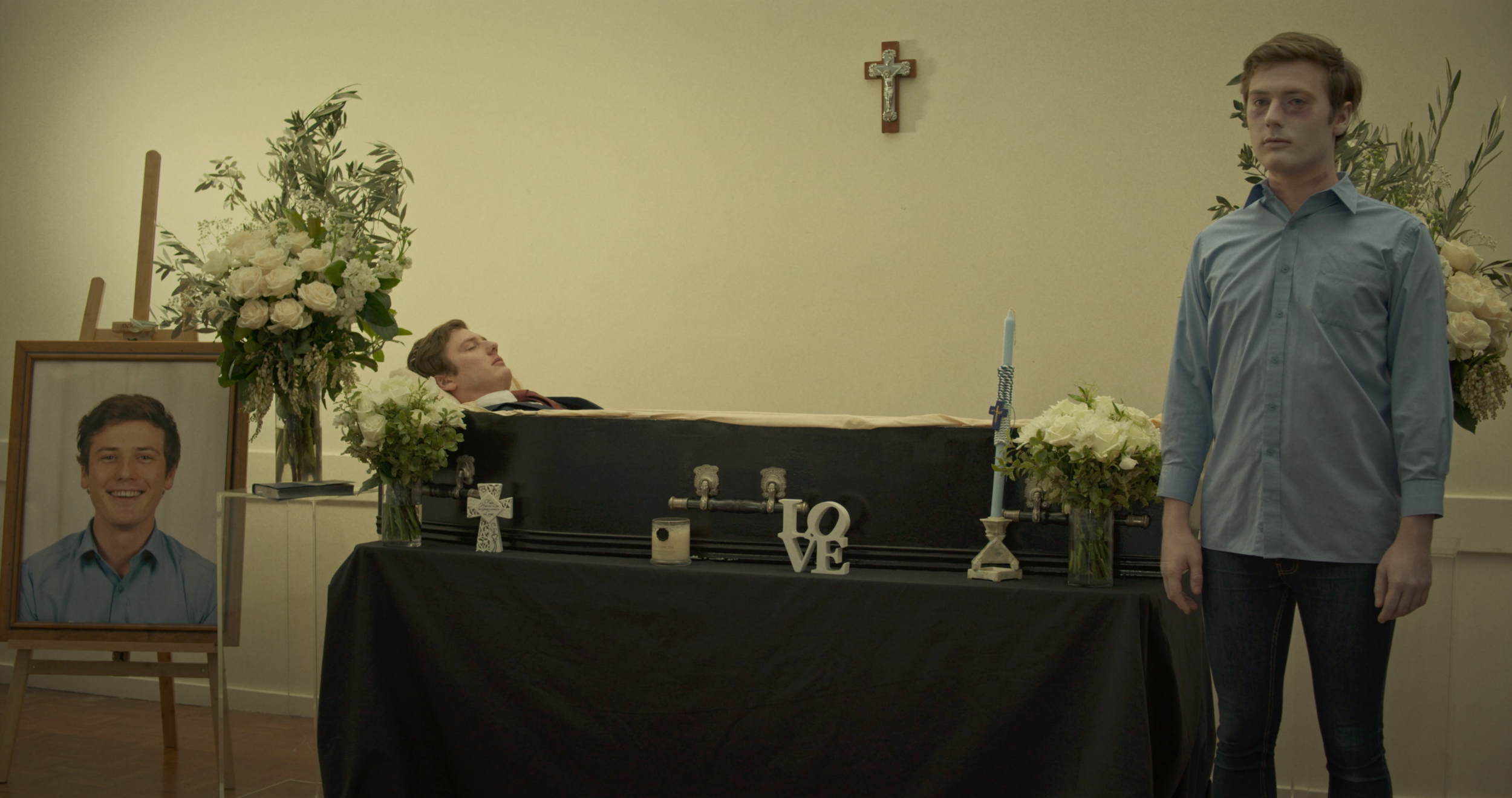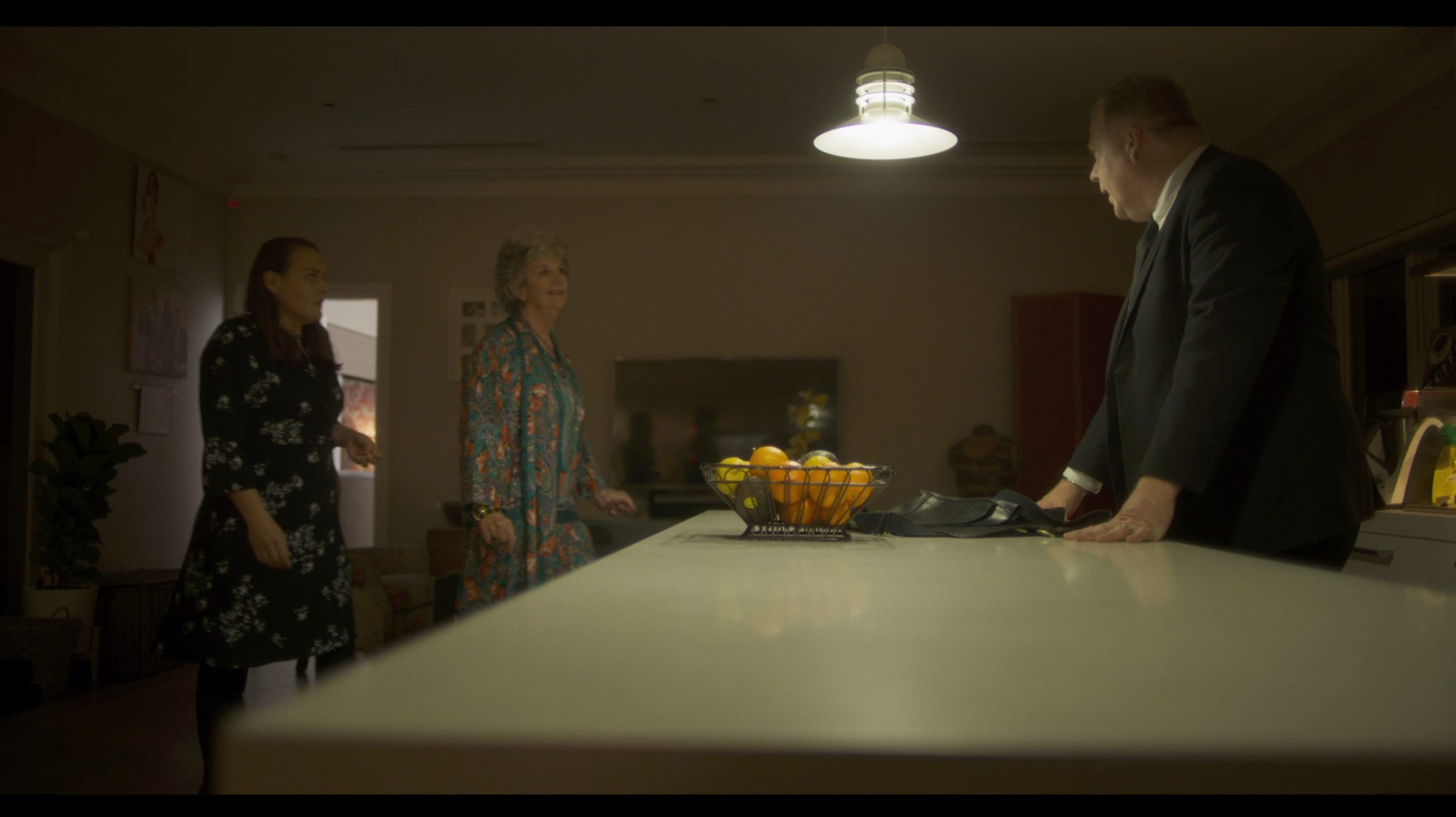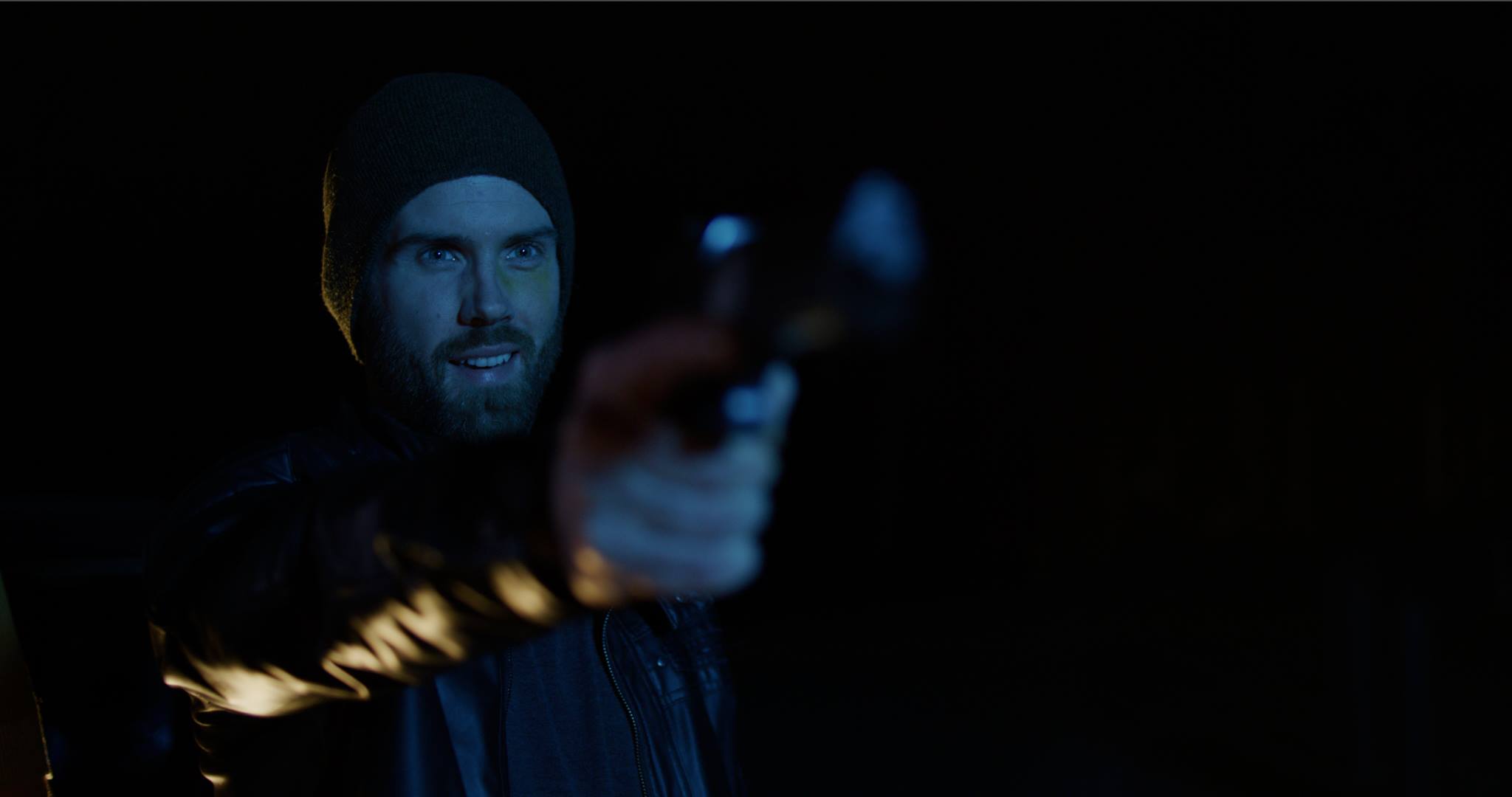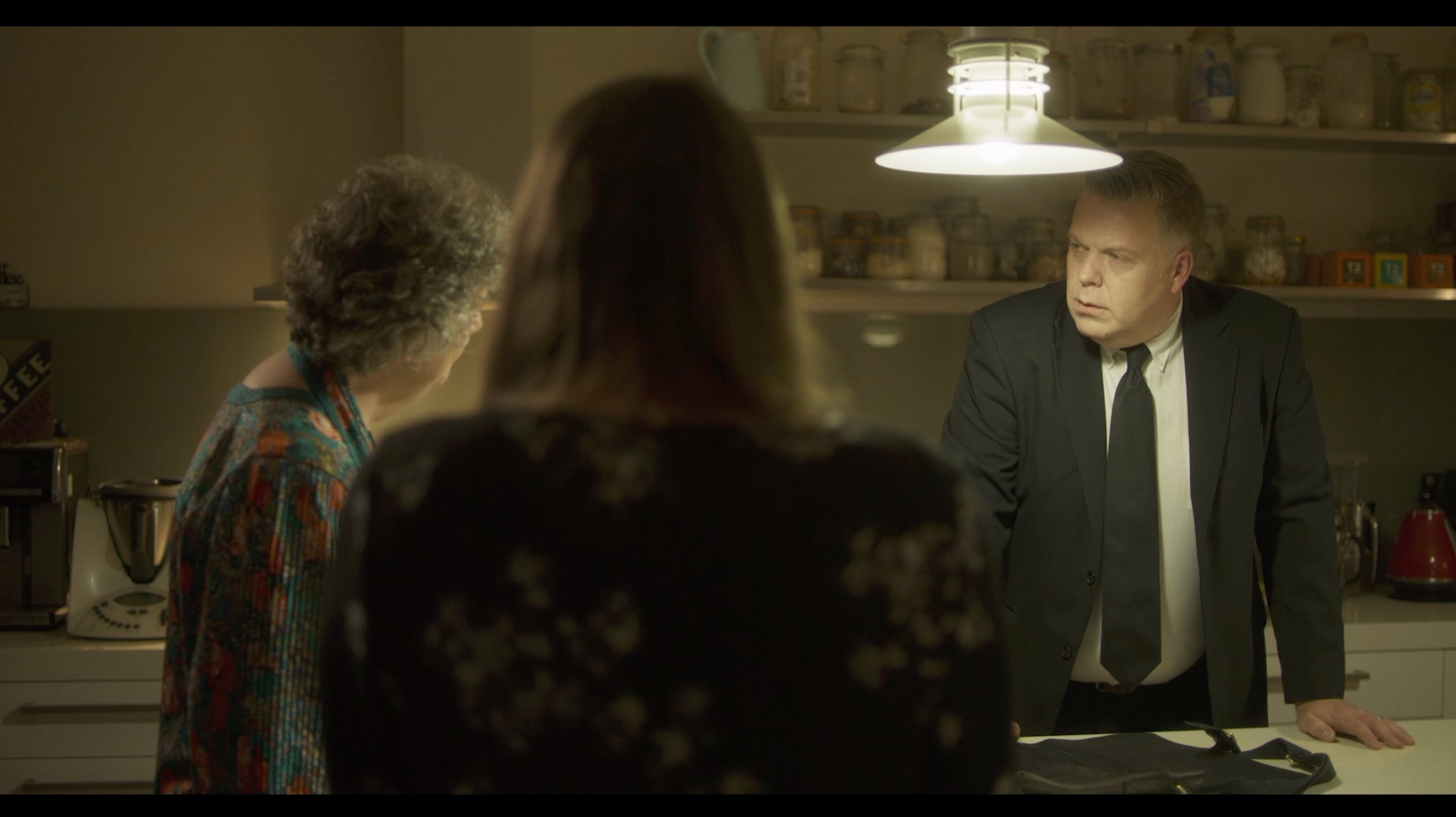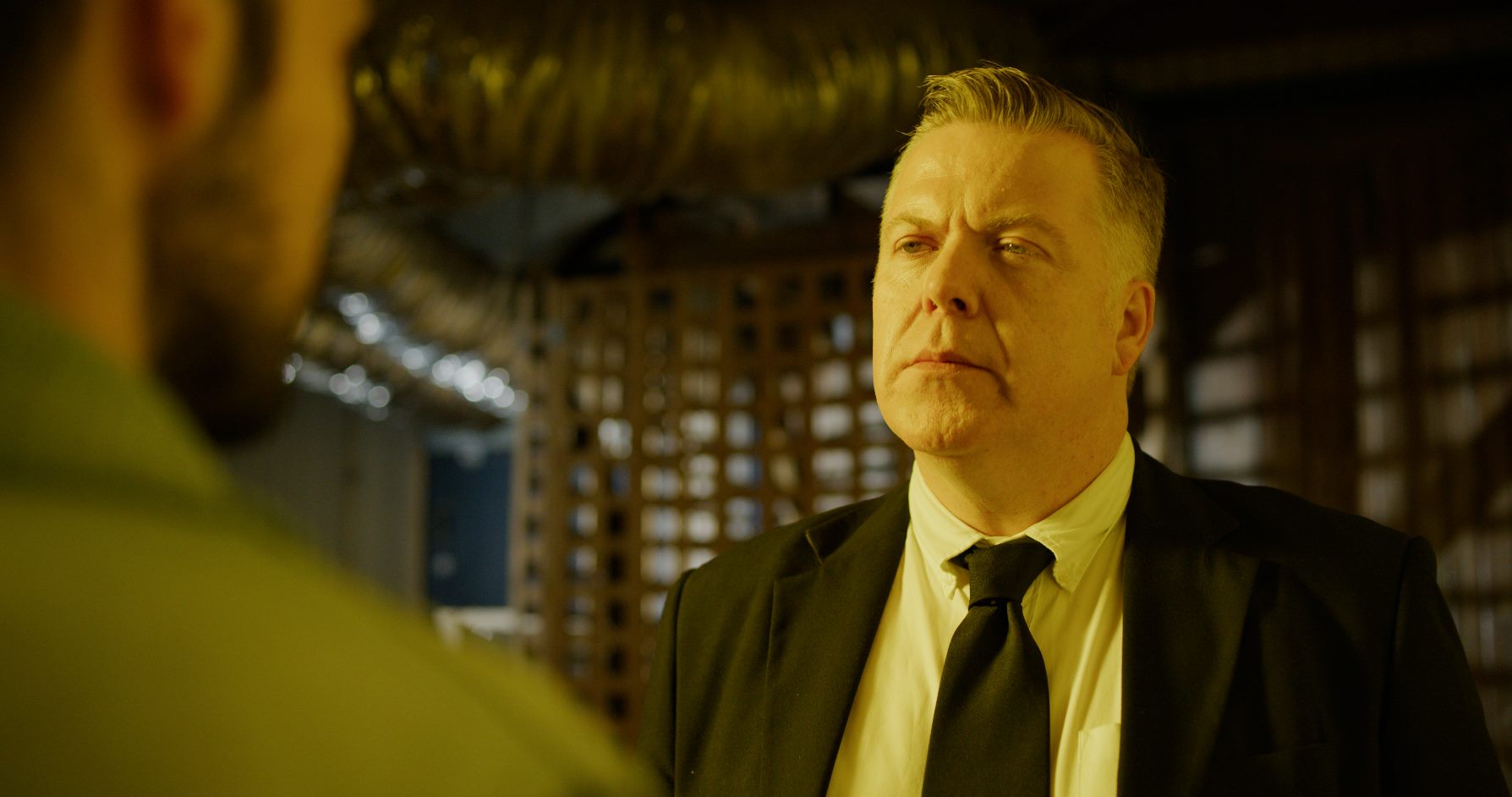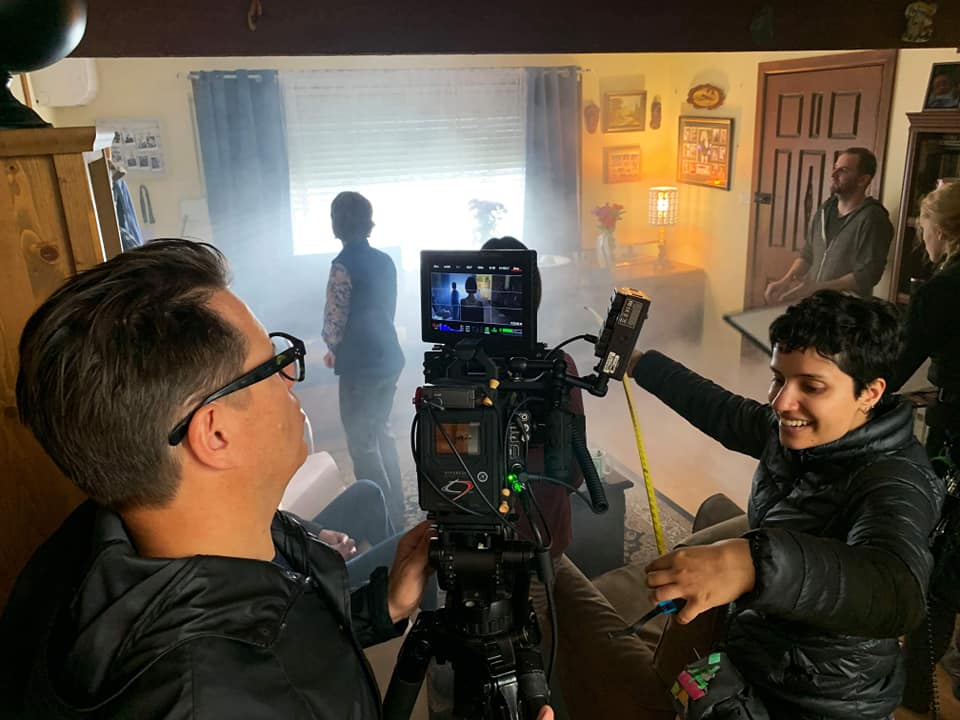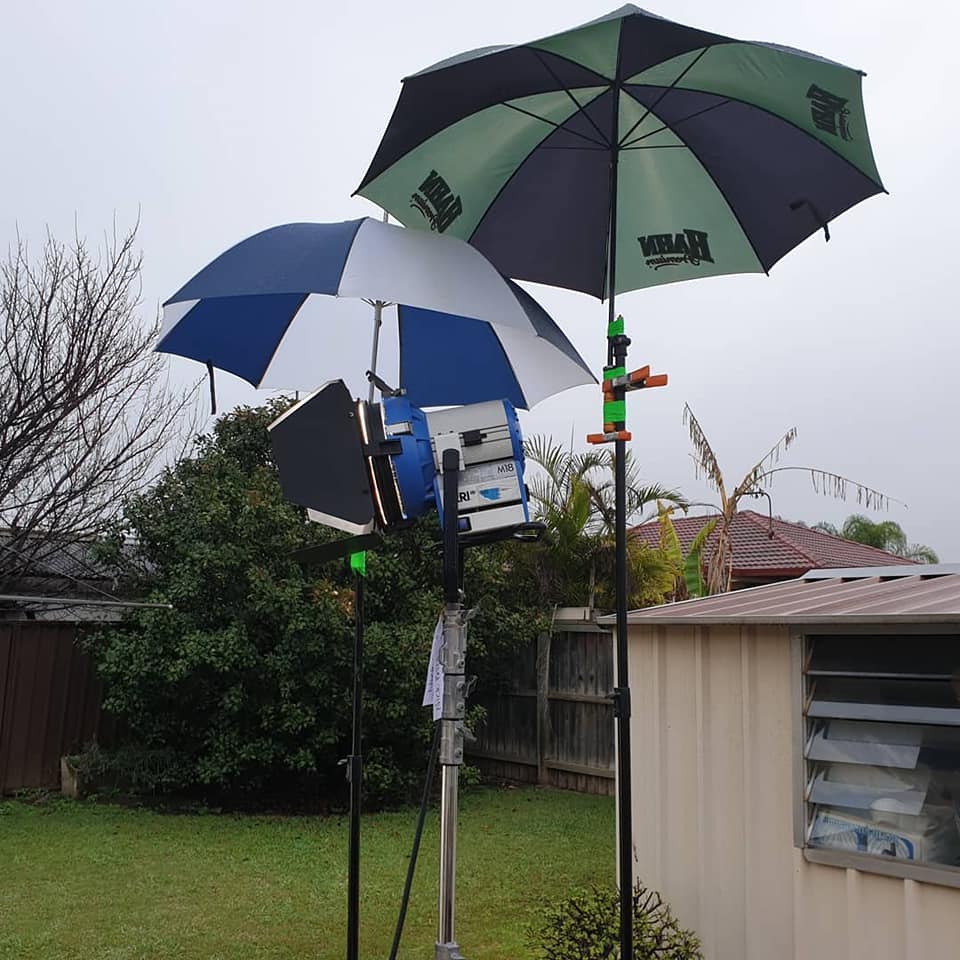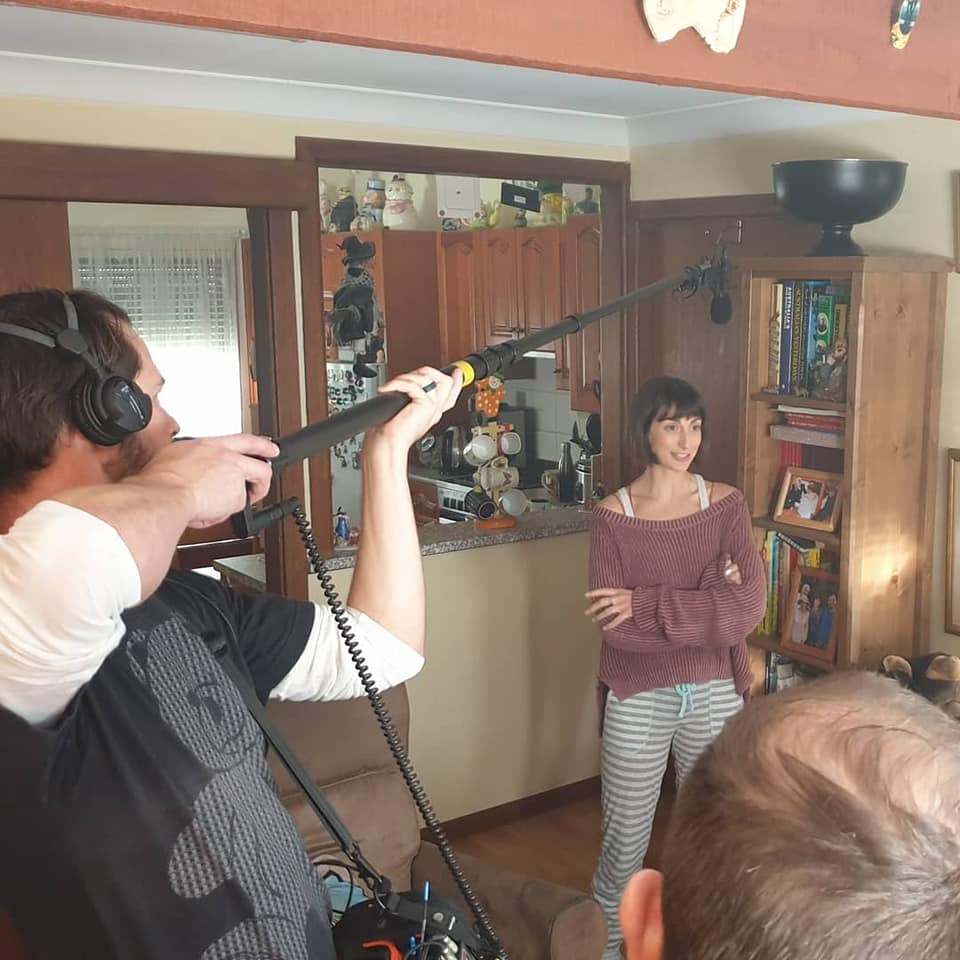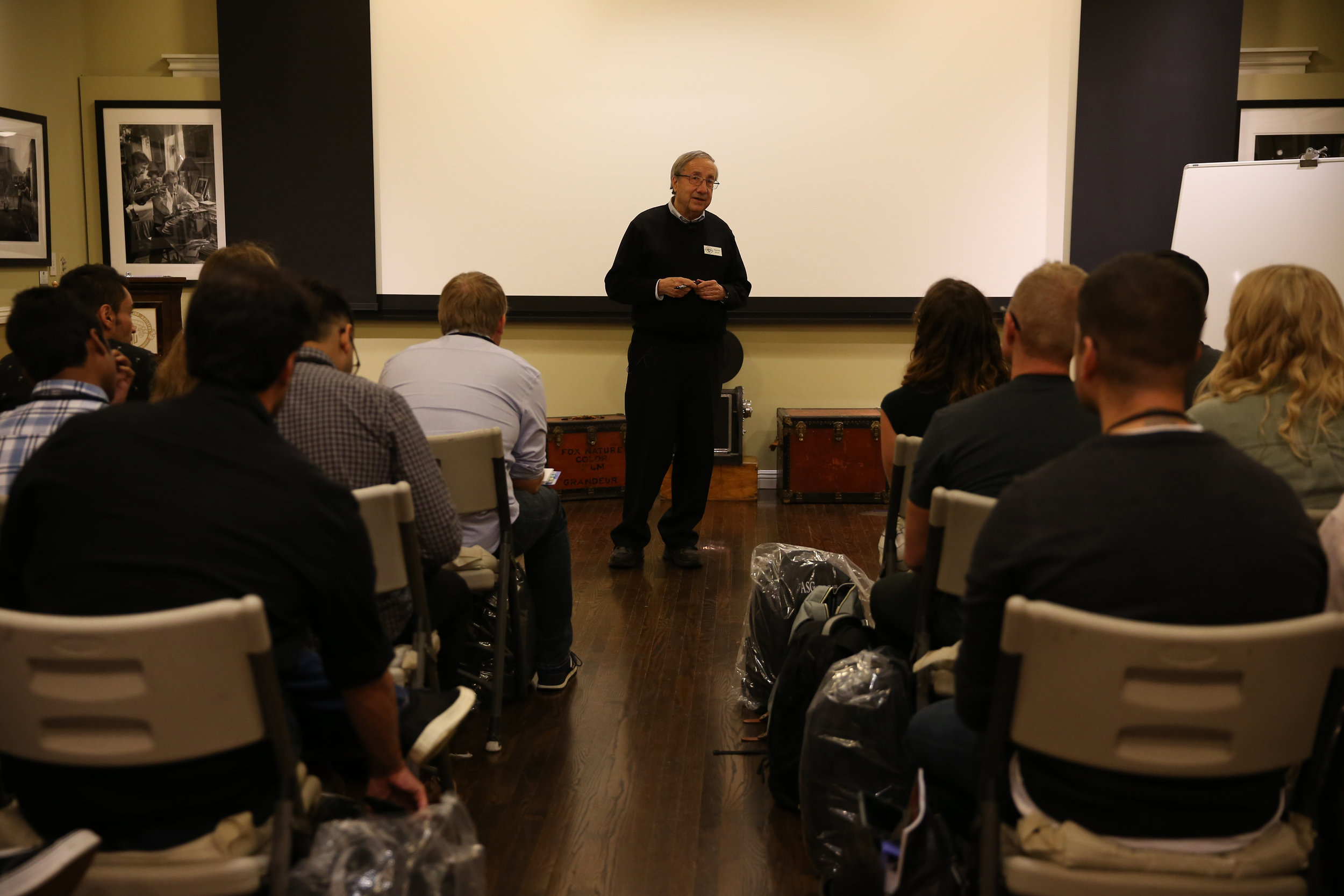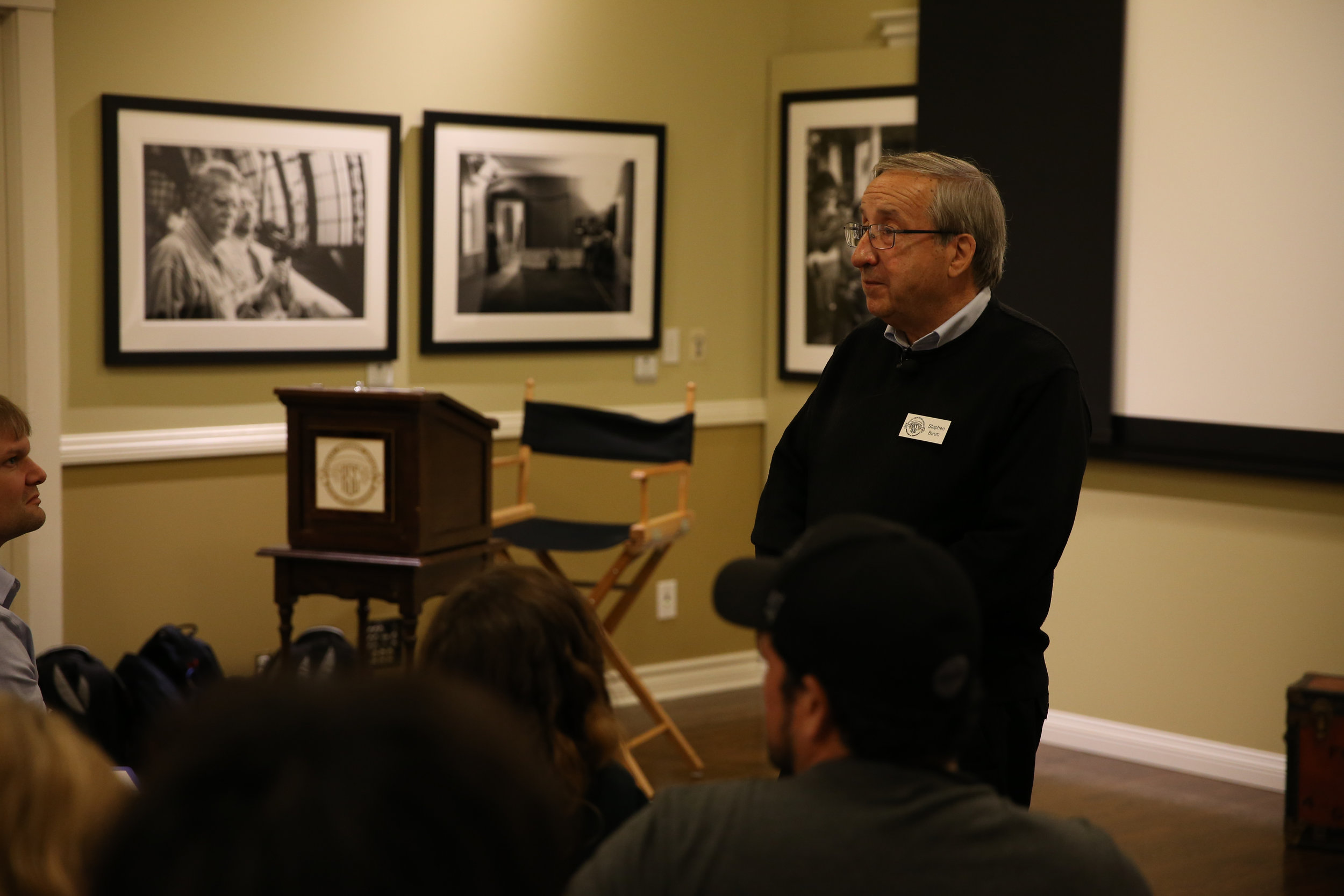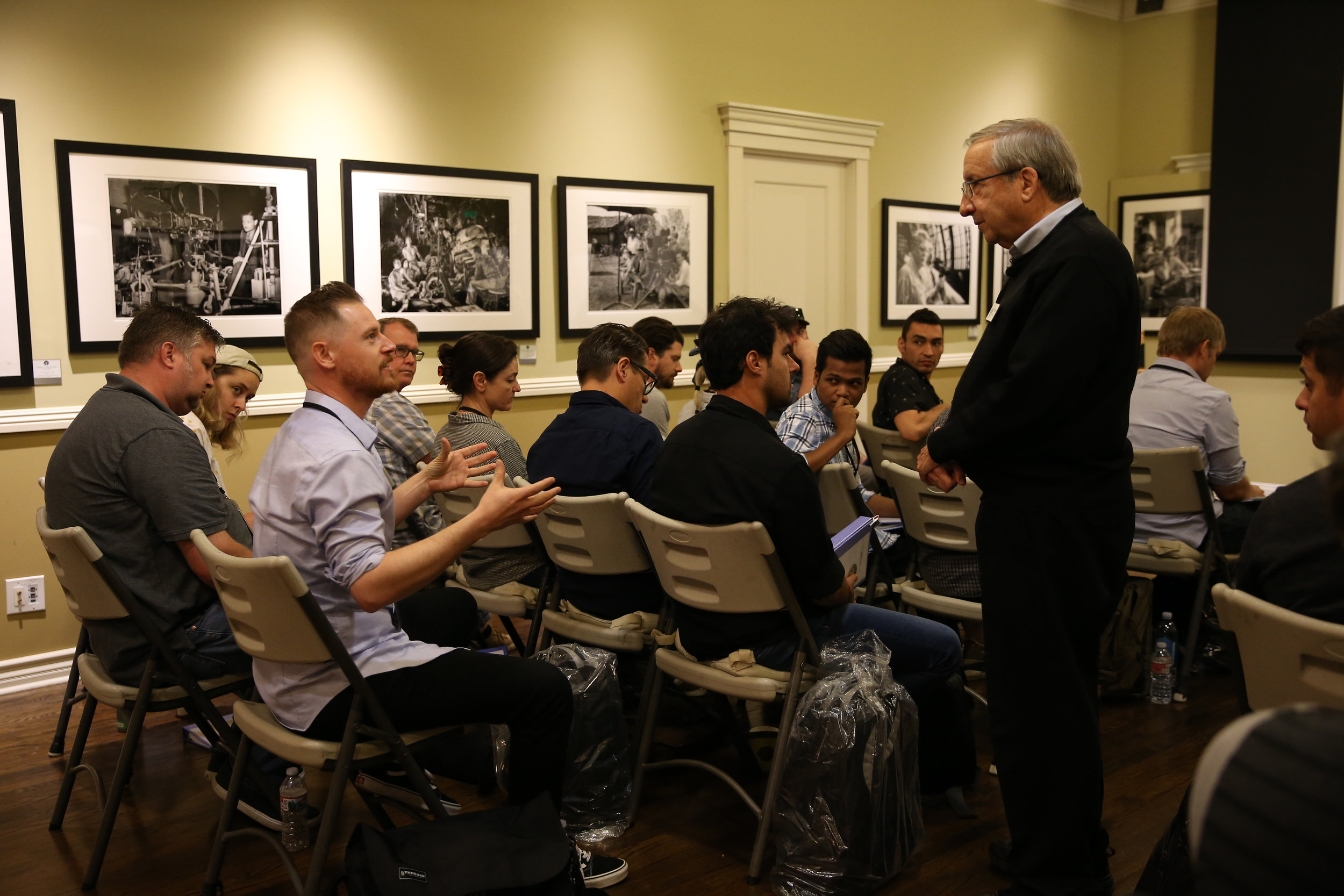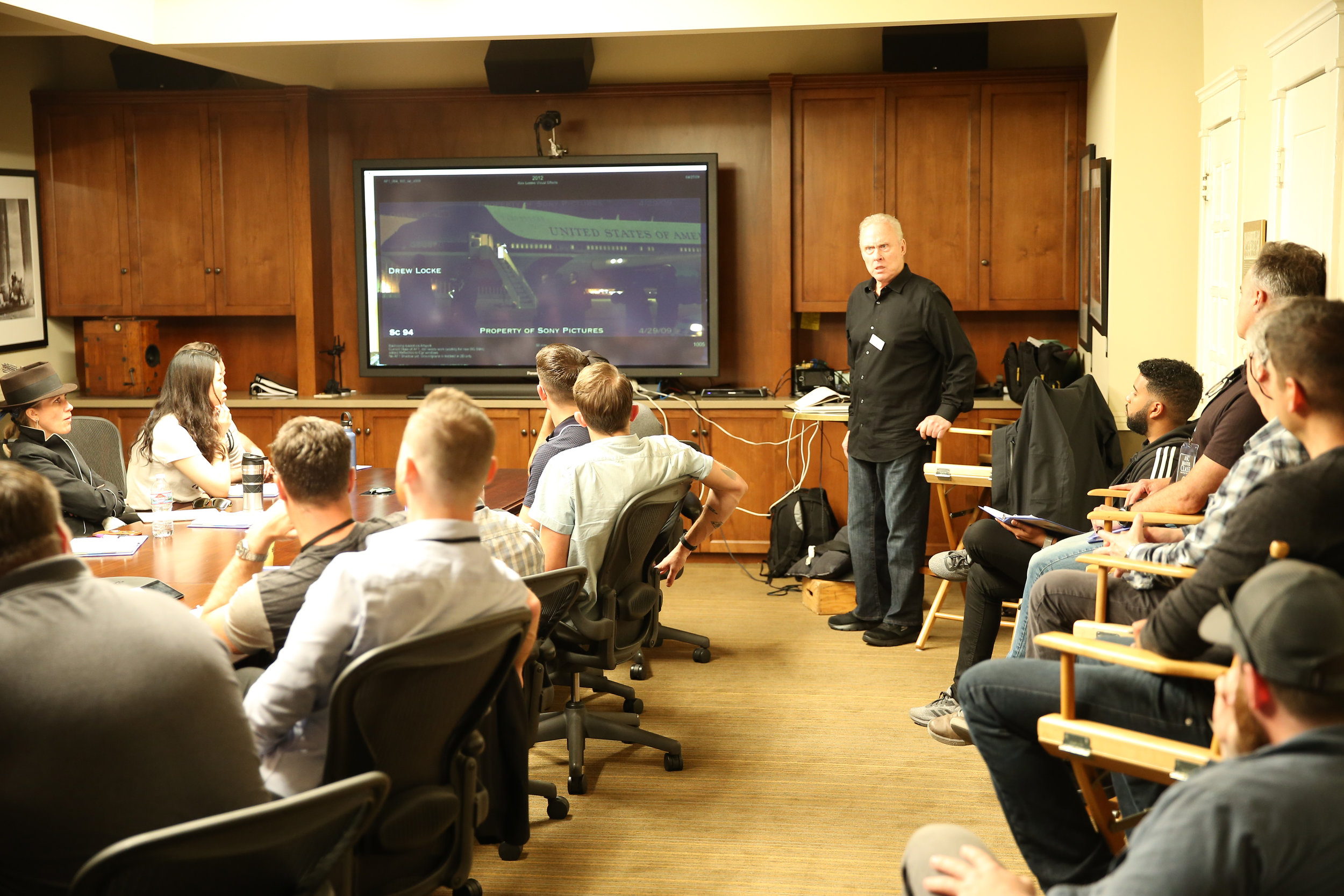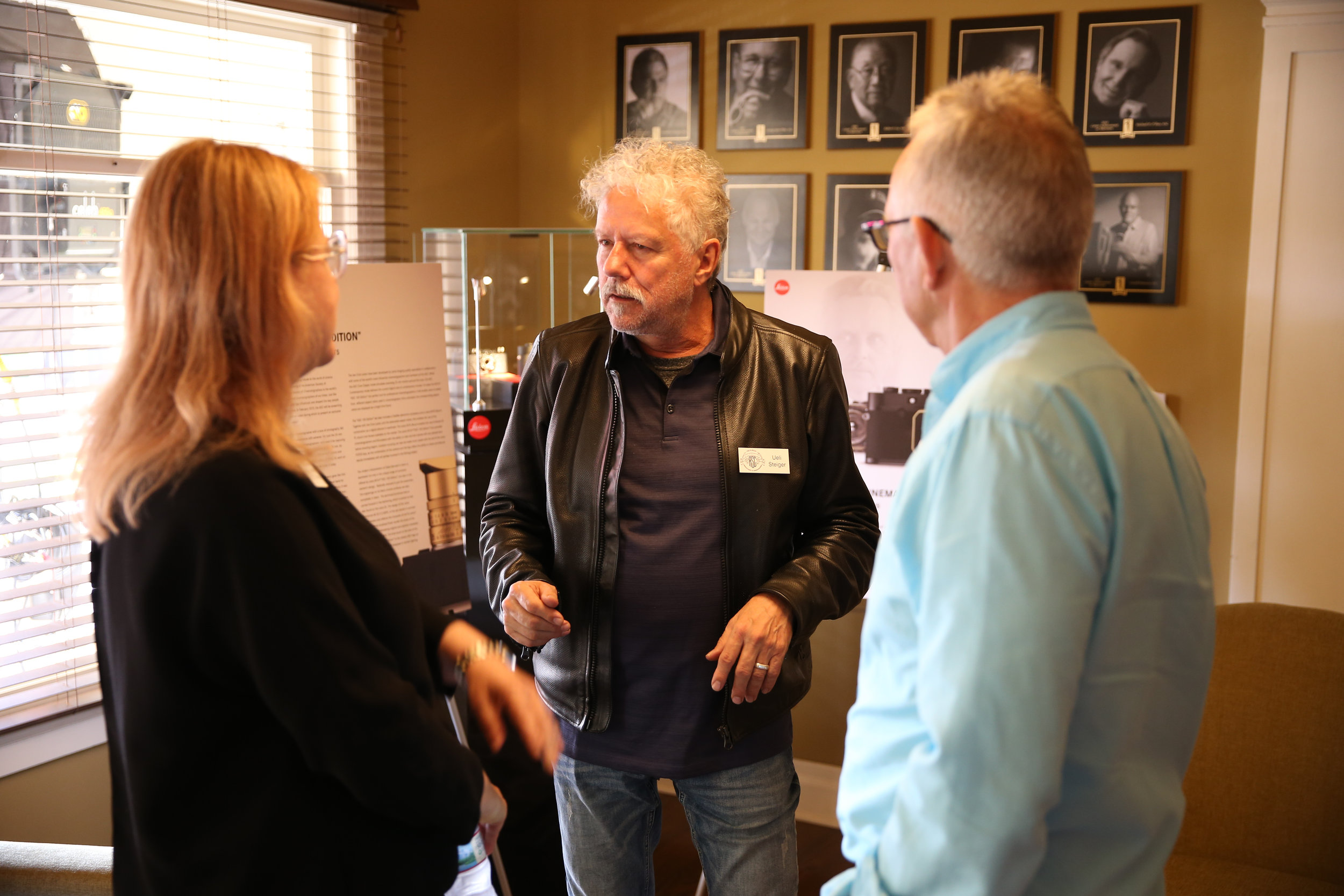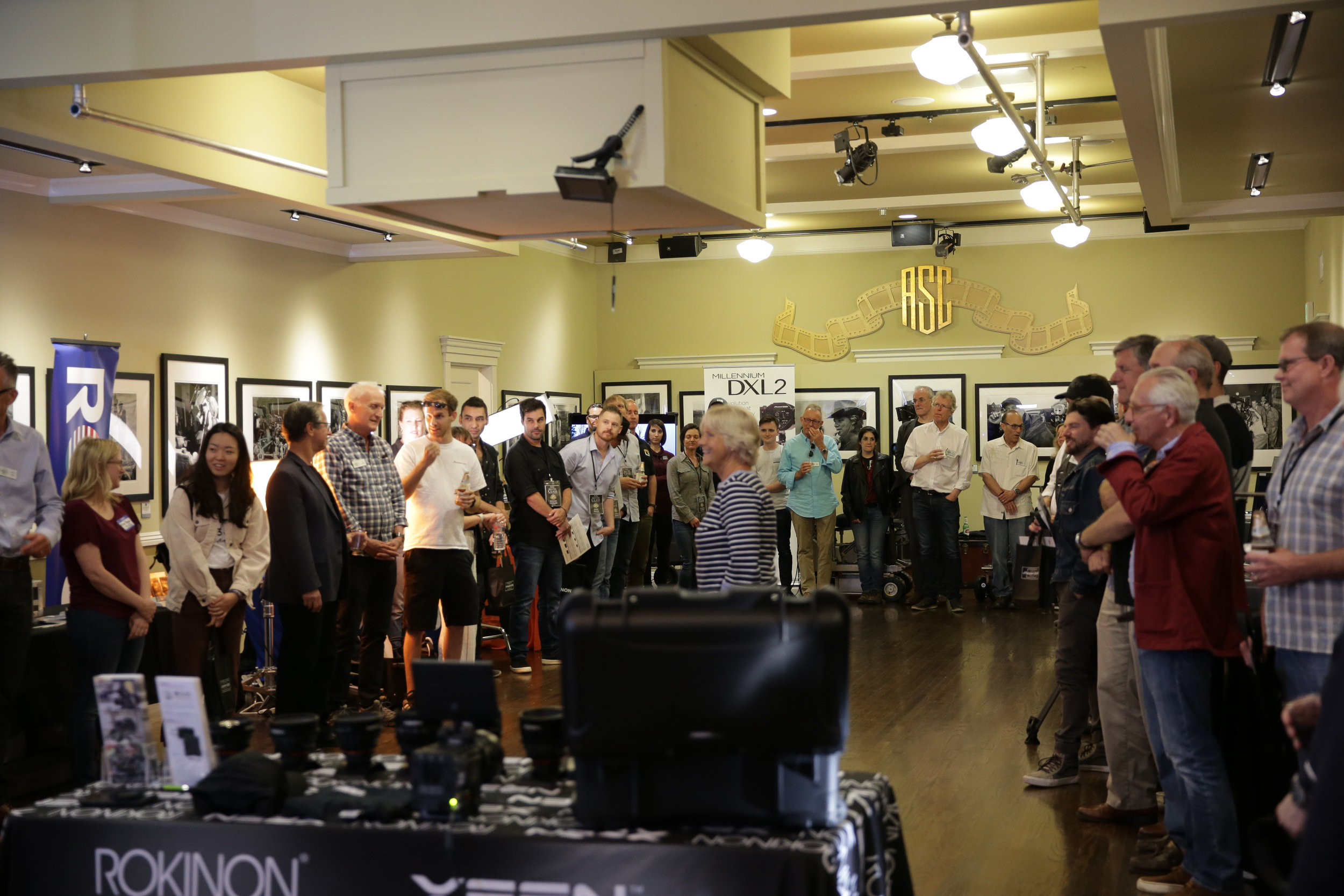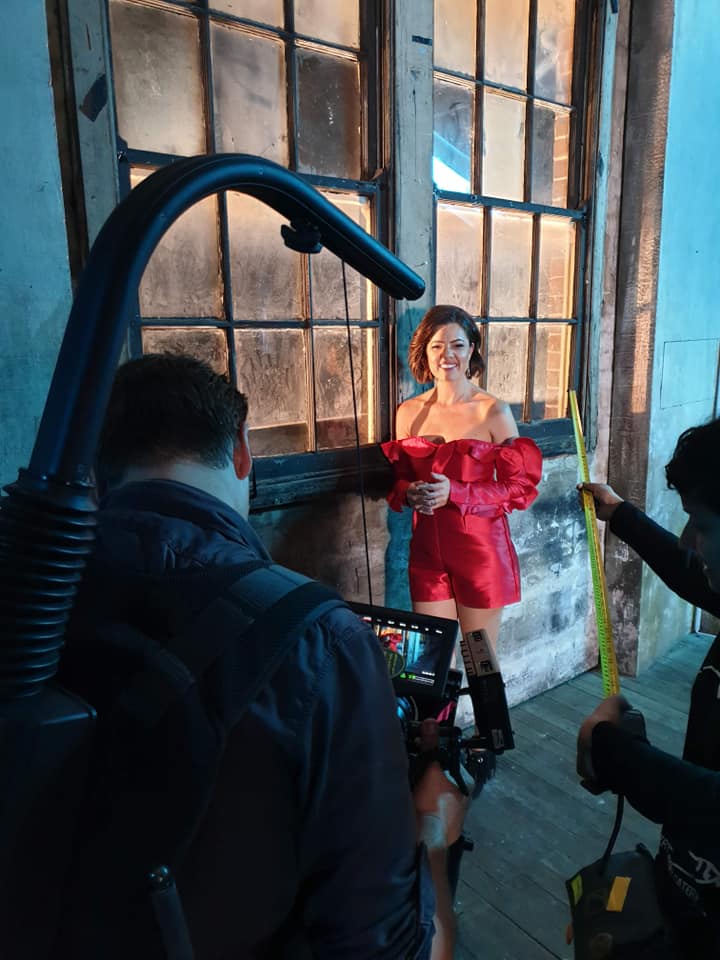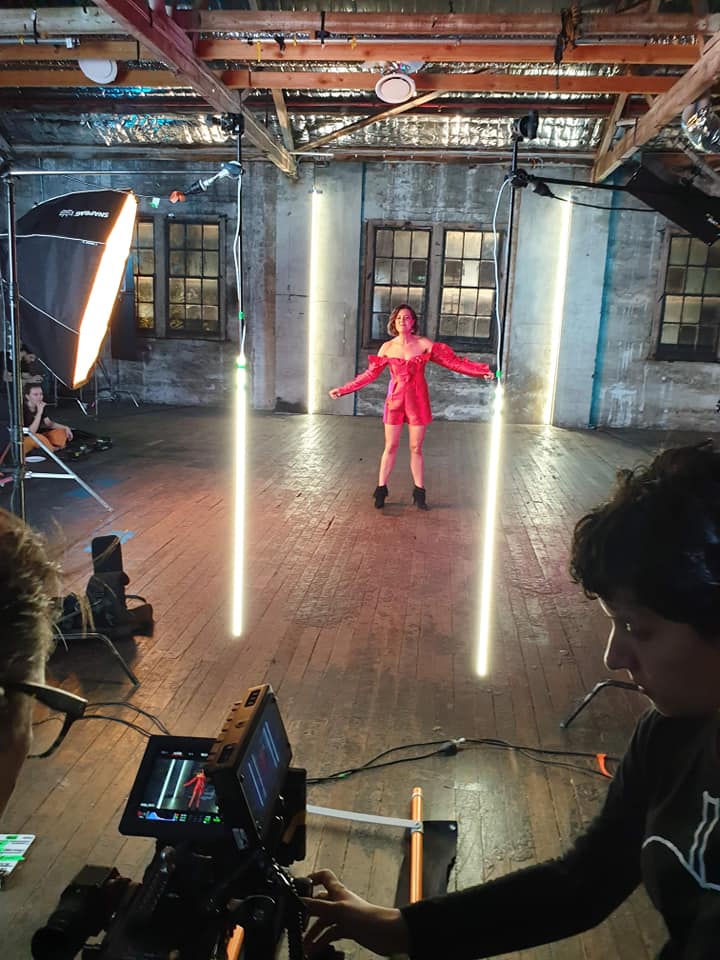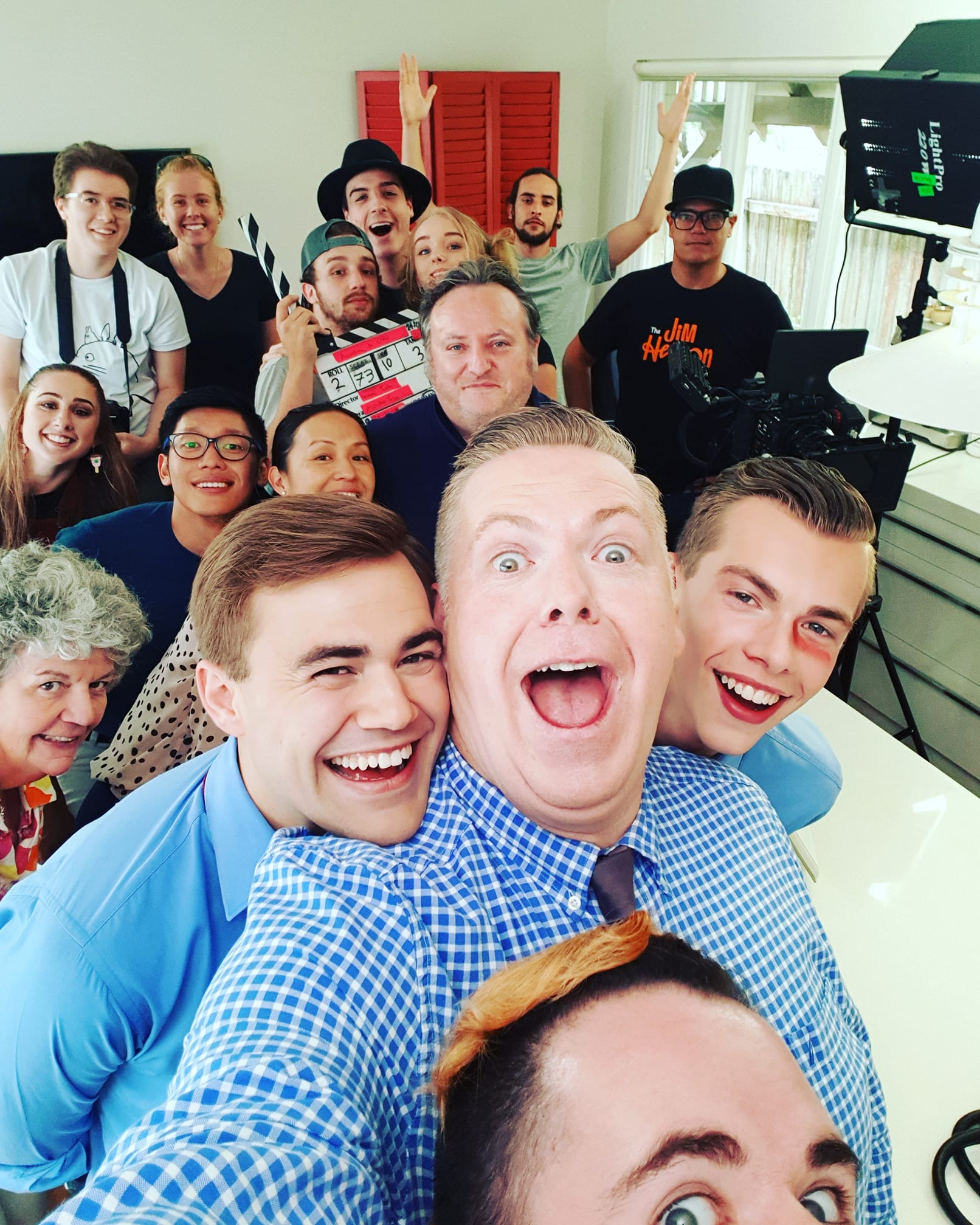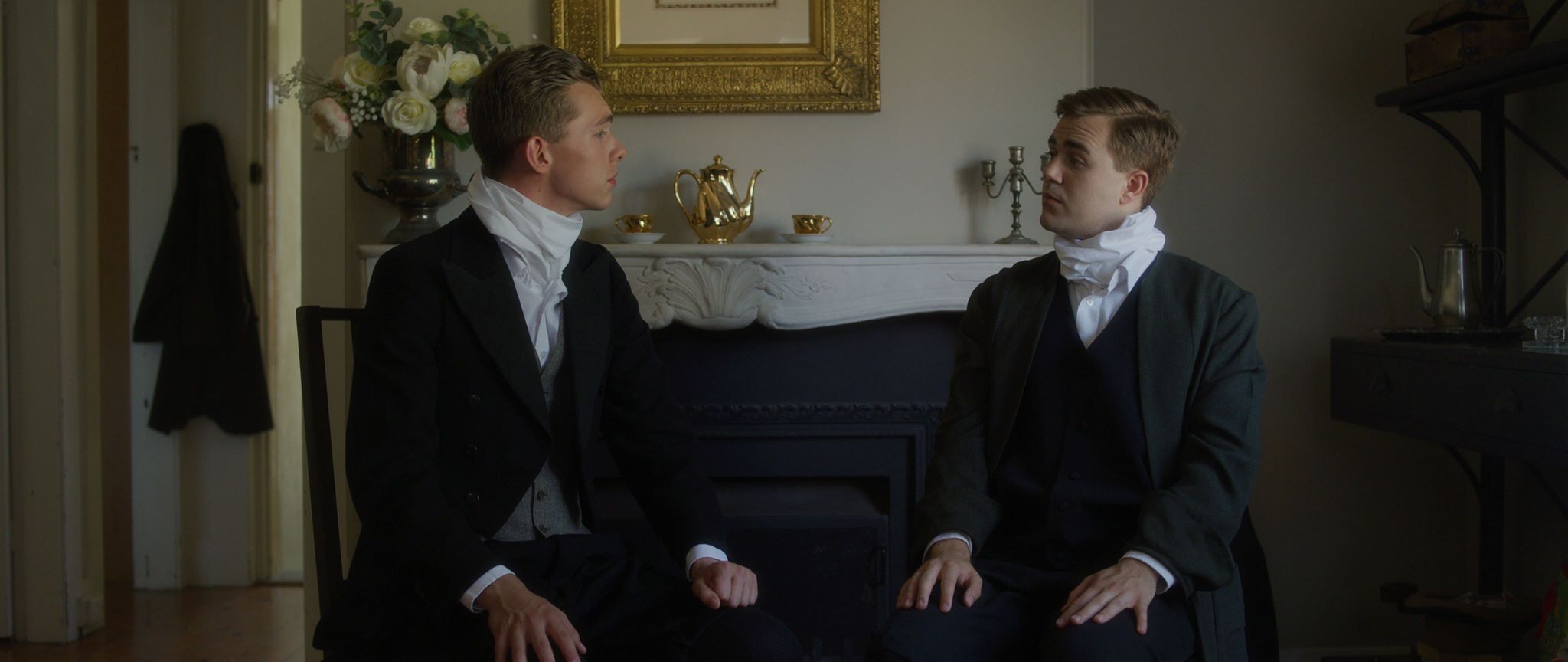FILMING AFTER NIGHTFALL SEASON 2
For the last two years After Nightfallhas been a huge part of my life. The series creator Wayne Tunks first sent me the scripts in June of 2017 and since then Spring time in Western Sydney has meant filming After Nightfall, a gritty film noir web series about the death of 18 year-old Troy McLeavey. Now it’s Spring 2019 and the second season is live for everyone to see so it’s a good time to reflect on what it’s like to be apart of something as big and intense as After Nightfall.
GEARING UP FOR SEASON 2
As with any project that has a sequel or a second season, you feel the need to step it up from the first one. As Wayne Tunks was writing the scripts he kept calling and asking things like, “can we devote an entire episode to the funeral and have every character feature in the one scene?”
“Sure,” I said, I was on holidays, it was summer, and the logistics of coordinating a huge cast including inter-state actors hadn’t crossed my mind. “Can we go back in time and shoot some scenes from before Season 1?”
“No worries,” I said, again having no idea if the locations had changed or if some of the cast had cut off all their hair over summer. Now admittedly the task of organising all of this fell on Wayne’s shoulder’s more than mine, which may have been another reason that I was so upbeat about taking this on for season two.
THE NEW RED MONSTRO VV
My mind was also sidetracked because I was in the midst of upgrading camera gear and had just settled on the new, large format, Red Monstro. After Nightfall would be a great way of working out all the quirks of a new camera including workflow. Speaking to my colour grader and the guys from Dragon Image it soon became apparent that shooting 8k Raw would actually use less data and provide more options in post than shooting 4k ProRes. Plus I would get the extra shallow depth of field and wider field of view from using the full 8k sensor. Did it seem a little ridiculous to shoot a web series in 8k Raw? Yes. Did I do it anyway? Of course.
8 EPISODES FOR SEASON 2
So Wayne finished writing the scripts for Season 2 and we now had 8 episodes instead of 6, featuring the entire cast on-screen together, a massive flashback sequence, fight scenes, multiple deaths and a prison breakout...and we were shooting in 8k Raw. So it’s safe to say we were definitely stepping it up for season 2.
Then came the news that one of our key cast was moving to L.A and it soon became apparent what the biggest difficulty of Season 2 would be, actors availability and schedules.
SHOOTING SEASON 2
We started filming Day 1 of After Nightfall Season 2in May and we finished with Day 16 in late September. I think the scheduling of this season came close to breaking Wayne but he got there in the end, and what a season it is. The cast and direction are amazing and I can’t wait for people to see what we have install for them.
Filming on the Red Monstro was a revelation for me. Shooting large format with full frame lenses and shallow depth of field presented a lot of challenges for a small crew but also gave us some amazing images. Shooting hand held close-ups on a 50mm prime and having the focus-puller asking which eye to pull focus on can get a bit scary.
One of the most difficult aspects for me was pushing the noir feel even though we had fewer night scenes and more dialogue. We decided to embrace a broader colour palette, which is synonymous with neo noir films and is a great way to highlight certain characters and to separate the time lines. In particular there’s a brutal scene featuring young Kobi that we shot with a purple wash, which I think looks fantastic. We also introduced slow motion into the world of After Nightfall during the funeral procession and then integrated throughout the series.
NEW YORK WEB FEST
Just after we wrapped season 2, Wayne and I flew to New York where After Nightfall won Best Mystery/Thriller at New York Web Fest. It was an amazing 3 day festival and it felt great knowing that we had Season 2 in the can. In addition to writing, directing and producing on After Nightfall, Wayne also does all the festival submissions, which is big task and the accolades we’ve received have been amazing.
POST-PRODUCTION SEASON 2
If we thought filming Season 2 was a big task it was nothing compared to the post-production. With 8 episodes instead of 6 and most of them being longer than the first season just getting through the edits was a massive task. Plus there was a lot more dialogue and coverage as well as more characters and themes to be threaded throughout the series. It took nearly 6 months to get the edits done, during which time we shot our first feature film; According To Otto(just to complicate things).
Going bigger flows throughout the post-production process. It means more music needs to be composed, there’s more sound design and mixing, colour grading is a bigger task and we had a couple of digital effects shots as well. Then when all this is done we have to online each episode, adding titles and film grain and then export versions for both YouTube and SeekaTV, plus captions for each episode.
SEASON 2 GOES LIVE
It’s been a massive job every week to get the episodes online but it’s also a rewarding one, and it’s fantastic to see the audience’s reactions to each episode as they go live. We are so lucky to have such an amazing cast and crew all contributing to make After Nightfall Season 2 bigger and better than the first season.
Watch two seasons of After Nightfall:
https://afternightfallseries.com
Nicholas Price
DOP | Cinematographer
nicholaspricedp.com
AUSCREW
P. (02) 9427 4444
E. auscrew@auscrew.com.au
Nicholas Price is a Sydney based DOP | Producer who has made commercials, video clips, TV, documentary and short films. Nick is a Masters graduate of AFTRS and is always striving to bring a unique visual style to any project he works on. He recently shot the award winning web series After Nightfall and feature film According to Otto.

